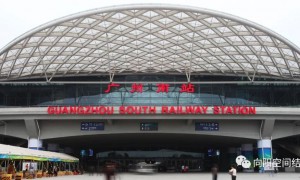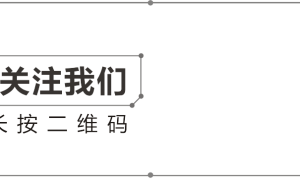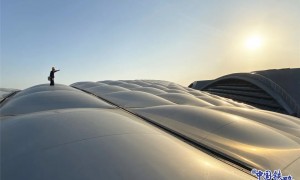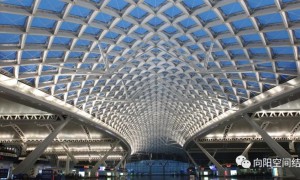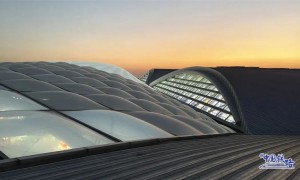用专业的眼光传播价值。
新型智能温室的自动化控制系统是根据温室大棚内的温湿度、土壤水分、土壤温度等传感器采集到的信息,利用RS485总线将传感器信息送给485转232的转换器,接到上位计算机上进行显示,报警,查询。监控中心将收到的采样数据以表格形式显示和存储,然后将其与设定的报警值相比较,若实测值超出设定范围,则通过屏幕显示报警或语音报警,并打印记录。与此同时,监控中心可向现场控制器发出控制指令,监测仪根据指令控制风机、水泵等设备进行降温除湿等操作,以保证温室内作物的生长环境。监控中心也可以通过报警指令来启动现场监测仪上的声光报警装置,通知温室管理人员采取相应措施来确保温室内的环境正常。
温室大棚内温度、湿度、光照强弱以及土壤的温度和含水量等因素,对温室的作物生长起着关键性作用。温室自动化控制系统是以PLC为核心,采用计算机集散网络控制结构对温室内的空气温度、土壤温度、相对湿度、CO2浓度、土壤水份、光照强度、水流量以及PH值、EC值等参数进行实时自动调节、检测,创造植物生长的环境,使温室内的环境接近人工设想的理想值,以满足温室作物生长发育的需求。适用于种苗繁育、高产种植、名贵花卉培养等场地,以增加温室产品产量,提高劳动生产率。
Cold-formed steel is widely used in buildings, automobiles, equipment, home and office furniture, utility poles, storage racks, grain bins, highway products, drainage facilities, and bridges. Its popularity can be attributed to ease of mass production and prefabrication, uniform quality, lightweight designs, economy in transportation and handling, and quick and simple erection or installation.
冷弯型钢广泛应用于建筑、汽车、设备、家庭办公家具、电线杆、仓储货架、粮仓、公路产品、排水设施、桥梁等。它的普及可以归因于易于大规模生产和预制,统一的质量,轻量化的设计,运输和装卸的经济,快速和简单的组合或安装。
In building construction, cold-formed steel products can be classified into three categories: members, panels, and prefabricated assemblies. Typical cold-formed steel members such as studs, track, purlins, girts and angles are mainly used for carrying loads while panels and decks constitute useful surfaces such as floors, roofs and walls, in addition to resisting in-plane and out-of-plane surface loads. Prefabricated cold-formed steel assemblies include roof trusses, panelized walls or floors, and other prefabricated structural assemblies. Cold-formed steel possesses a significant market share because of its advantages over other construction materials and the industry-wide support provided by various organizations that promote cold-formed steel research and products, including codes and standards development that is spearheaded by the American Iron and Steel Institute (AISI).
在建筑施工中,冷弯型钢产品可以分为三类:构件、面板和预制组件。典型的冷弯型钢构件,如螺柱、轨道、檩条、梁和角钢主要用于承载荷载,而面板和甲板构成有用的表面,如地板、屋顶和墙壁,除了抵抗平面内和平面外的表面荷载。预制冷弯型钢组件包括屋顶桁架、镶板墙或地板,以及其他预制结构组件。由于冷弯型钢相对于其他建筑材料的优势,以及由促进冷弯型钢研究和产品的各种组织提供的全行业支持,包括由美国钢铁协会(AISI)牵头的规范和标准开发,冷弯型钢占有重要的市场份额。
Cold-formed steel applications can be traced back as early as the 1850s in both the United States and Great Britain. In the late 1920s and early 1930s, cold formed steel entered the building construction arena with products manufactured by a handful of fabricators. Although these products were successful in performance, they faced difficulties with acceptance for two reasons: (1) there was no standard design methodology available, and (2) cold-formed steel was not included in the building codes at that time. Many of the cold-formed steel applications were unable to be used due to the lack of design methodology and product recognition.
在美国和英国,冷弯型钢的应用可以追溯到19世纪50年代。在20世纪20年代末和30年代初,冷弯型钢进入了建筑建筑领域,其产品由少数制造商生产。尽管这些产品在性能上是成功的,但由于两个原因,它们面临着难以接受的困难:(1)没有可用的标准设计方法,(2)当时冷弯型钢没有包括在建筑规范中。由于缺乏设计方法和产品认可,许多冷弯型钢应用程序无法使用。
Cold-formed steel products are shaped at ambient temperatures from steel sheet, strip plate or flat bars by roll-forming machines, press brakes or bending brake operations. They can be produced in large quantity and at high speed with consistent quality. A typical automated rolling machine can run at a speed range of 75-400 feet per minute, and the products can be as small as a three-quarter inch wide cold-rolled channel section to as big as a thirty-six inch wide roof deck section.
冷弯型钢产品是在环境温度下由钢板、带材或扁钢通过滚压成型机、压闸机或弯闸机操作成型的。它们可以大批量、高速度、高质量地生产。一台典型的自动卷板机可以以每分钟75-400英尺的速度运行,产品可以小到3 / 4英寸宽的冷轧槽段,大到36英寸宽的屋顶甲板段。



